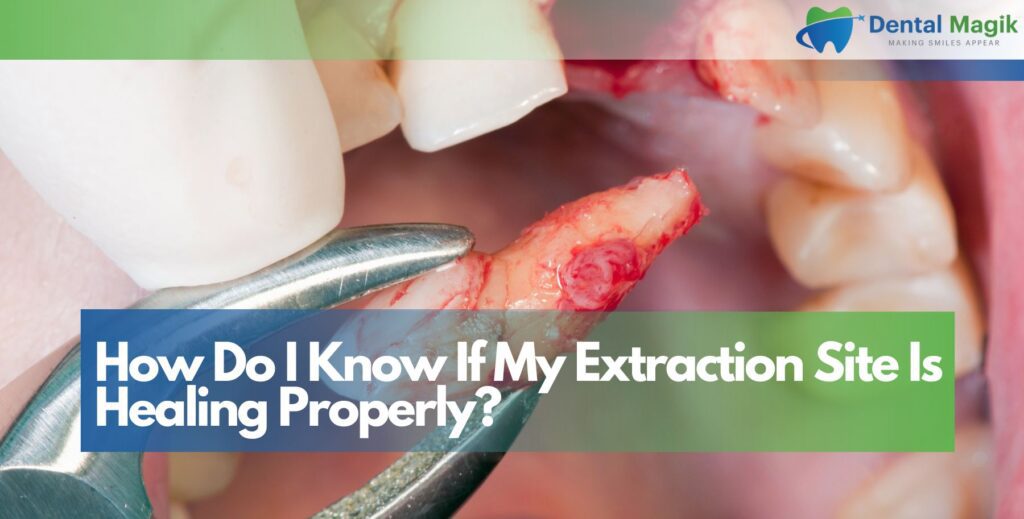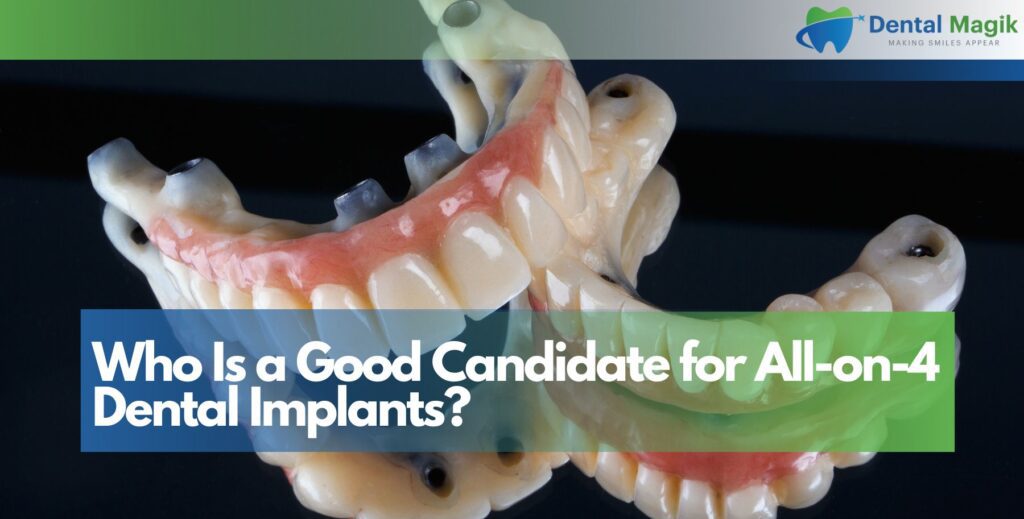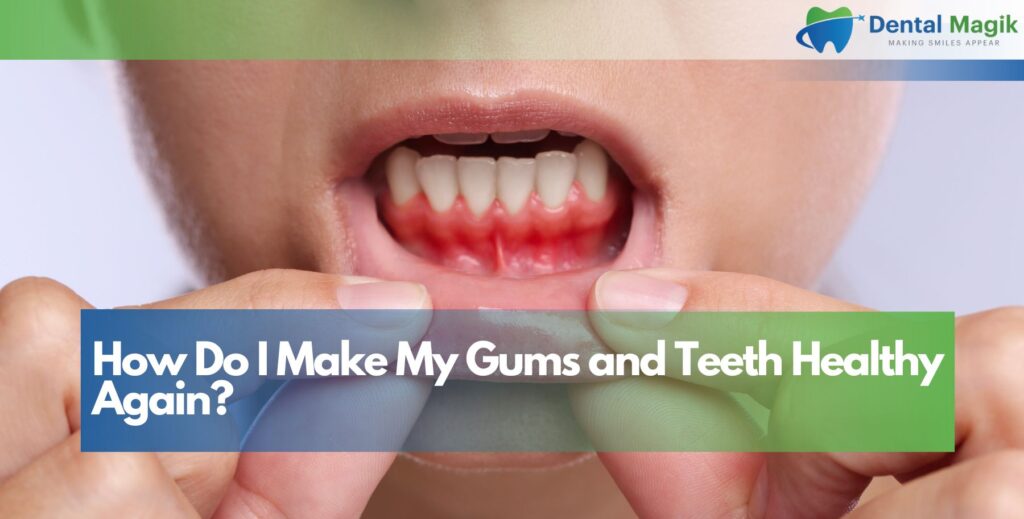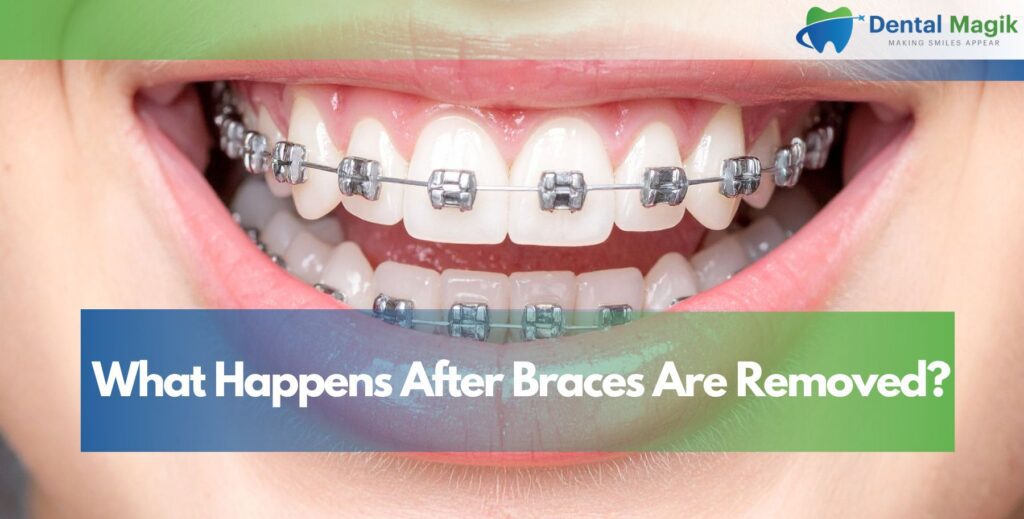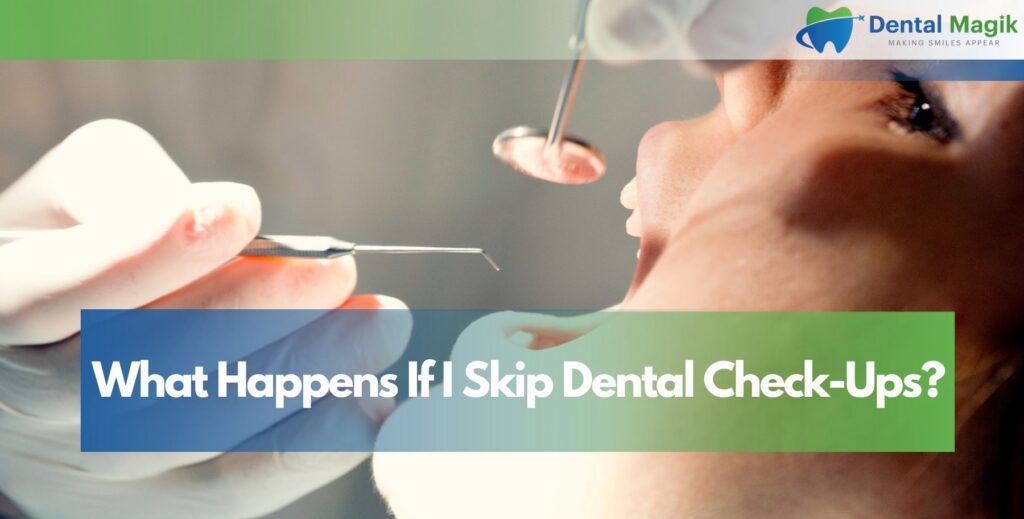A radiant smile can transform your entire appearance and boost your confidence significantly. In today’s world of advanced cosmetic dentistry, achieving the perfect smile is more accessible than ever before. Smile makeover procedures have become increasingly popular as people recognize the impact of a beautiful smile on their personal and professional lives. Whether you’re dealing with discolored teeth, chips, gaps, or misalignment, modern dental techniques offer effective solutions to address these concerns.
The three most popular and effective smile makeover options are dental veneers, dental crowns, and dental bonding. Each of these treatments offers unique advantages and is suitable for different dental conditions. Understanding these options will help you make an informed decision about which treatment is best suited for your specific needs and aesthetic goals.
Understanding Dental Veneers
Dental veneers represent one of the most versatile and popular cosmetic dental procedures available today. These ultra-thin shells, typically measuring between 0.5 to 0.7 millimeters in thickness, are custom-designed to cover the front surface of your teeth, creating an instantly improved appearance.
Veneers are primarily made from two materials: porcelain veneers and composite resin veneers. Porcelain veneers are considered the gold standard due to their durability, stain resistance, and natural appearance that closely mimics tooth enamel. The translucent quality of porcelain allows light to pass through, creating the same light-reflecting properties as natural teeth.
Types of Dental Veneers
Porcelain veneers are the most popular choice among patients seeking long-lasting results. These veneers are fabricated in a dental laboratory using high-quality ceramic materials that can be precisely color-matched to your existing teeth or designed to achieve your desired shade. The process typically requires two to three dental visits and involves removing a small amount of tooth enamel to ensure proper fit and natural appearance.
Composite veneers, on the other hand, are made from tooth-colored resin material and can often be applied in a single visit. While they are more affordable than porcelain alternatives, they typically don’t last as long and may be more prone to staining over time. However, they offer the advantage of being easily repairable if damaged.
No-prep veneers or minimal-prep veneers are an innovative option that requires little to no removal of tooth structure. These ultra-thin veneers are ideal for patients who want to improve their smile while preserving as much natural tooth structure as possible.
Benefits and Ideal Candidates for Veneers
The benefits of dental veneers extend far beyond simple aesthetic improvement. They can effectively address multiple cosmetic concerns simultaneously, including tooth discoloration, minor chips and cracks, slight misalignment, gaps between teeth, and worn-down tooth surfaces. Veneers also provide additional protection to the tooth surface while maintaining a natural feel when eating and speaking.
Ideal candidates for veneers are individuals with healthy teeth and gums who are looking to improve the appearance of their front teeth. Patients should have realistic expectations and be committed to maintaining good oral hygiene. Those who grind their teeth may need to wear a night guard to protect their veneers from excessive wear.
Exploring Dental Crowns
Dental crowns, also known as caps, are comprehensive restorations that completely encircle a tooth, providing both aesthetic improvement and structural reinforcement. Unlike veneers that only cover the front surface, crowns encase the entire visible portion of the tooth above the gum line.
Cosmetic crowns are specifically designed with aesthetics in mind, using materials and techniques that prioritize natural appearance while maintaining functional strength. They represent an excellent solution for teeth that have significant damage, large fillings, or structural weaknesses that cannot be adequately addressed with less invasive treatments.
Materials Used in Dental Crowns
Porcelain crowns offer the most natural appearance and are the preferred choice for front teeth where aesthetics are paramount. These crowns can be precisely color-matched and shaped to blend seamlessly with your natural teeth. All-porcelain crowns are also biocompatible and don’t cause allergic reactions.
Porcelain-fused-to-metal crowns combine the strength of metal with the aesthetic appeal of porcelain. While they are very durable, they may show a dark line at the gum margin over time and are less commonly used for front teeth in modern dentistry.
Zirconia crowns represent the latest advancement in crown materials, offering exceptional strength and excellent aesthetics. These crowns are highly resistant to chipping and cracking while maintaining a natural appearance that rivals porcelain.
When Crowns Are the Best Choice
Crowns become the ideal choice when teeth have extensive damage, large existing fillings that compromise tooth structure, or have undergone root canal treatment. They’re also recommended for teeth with severe discoloration that cannot be effectively treated with whitening procedures or veneers.
The crown procedure typically requires two visits, with the first appointment involving tooth preparation and temporary crown placement, and the second visit for permanent crown fitting and adjustment. Modern digital dentistry has streamlined this process, with some offices offering same-day crown fabrication using advanced CAD/CAM technology.
Understanding Dental Bonding
Dental bonding represents the most conservative and cost-effective cosmetic dental treatment available. This procedure involves applying tooth-colored composite resin material directly to the tooth surface, which is then shaped, hardened, and polished to achieve the desired appearance.
Composite bonding is particularly appealing because it can often be completed in a single dental visit without the need for laboratory work or multiple appointments. The procedure is reversible and typically requires minimal to no removal of natural tooth structure, making it an excellent option for patients who want to improve their smile while preserving their natural teeth.
The Bonding Process and Applications
The bonding procedure begins with tooth preparation, which involves cleaning and slightly roughening the tooth surface to help the bonding material adhere properly. A conditioning liquid is applied, followed by the tooth-colored composite resin, which is carefully shaped and molded to achieve the desired result.
Bonding is particularly effective for repairing small chips and cracks, closing minor gaps between teeth, covering exposed tooth roots, and improving the appearance of discolored teeth. It can also be used to make teeth appear longer or to change their shape for better proportions.
Advantages and Limitations of Bonding
The primary advantages of dental bonding include its affordability, speed of treatment, and conservative nature. Most bonding procedures can be completed in 30 to 60 minutes per tooth, making it an ideal choice for patients seeking quick results.
However, bonding does have limitations. The composite material is more prone to staining and chipping compared to porcelain alternatives, and typically needs replacement every 5 to 10 years. Bonding is best suited for minor cosmetic improvements rather than major smile transformations.
Comparing Your Options
When choosing between veneers vs. crowns vs. bonding, several factors must be considered, including the extent of tooth damage, budget constraints, desired longevity, and aesthetic goals. Veneers offer the best combination of aesthetics and durability for front teeth with minor to moderate imperfections. Crowns are ideal for teeth requiring significant structural restoration, while bonding provides an affordable solution for minor cosmetic concerns.
Cost comparison reveals that bonding is the most economical option, followed by veneers, with crowns typically being the most expensive due to their comprehensive coverage and laboratory fabrication requirements. However, when considering longevity, porcelain veneers and crowns often provide better value over time due to their durability.
The treatment timeline also varies significantly. Bonding can be completed immediately, veneers typically require 2-3 weeks for completion, and crowns may take 2-4 weeks depending on the laboratory and complexity of the case.
Conclusion
Achieving your dream smile is within reach with today’s advanced smile makeover options. Whether you choose dental veneers, dental crowns, or dental bonding, each treatment offers unique benefits that can transform your appearance and boost your confidence. The key to successful treatment lies in choosing the right procedure for your specific needs and working with an experienced cosmetic dentist who can guide you through the process.
If you’re considering a smile makeover and looking for expert care, consult with a qualified Dentist in East Brunswick, NJ who can evaluate your specific needs and recommend the most appropriate treatment plan. A personalized consultation will help determine which option will best achieve your aesthetic goals while maintaining optimal oral health.
Frequently Asked Questions
How long do dental veneers last?
Porcelain veneers typically last 10-15 years with proper care, while composite veneers may last 5-7 years. Proper oral hygiene and avoiding habits like teeth grinding can extend their lifespan.
Are smile makeover procedures painful?
Most cosmetic dental procedures involve minimal discomfort. Local anesthesia is used during preparation phases, and any post-treatment sensitivity typically resolves within a few days.
Can I eat normally after getting veneers or crowns?
Yes, once fully bonded, dental veneers and crowns function like natural teeth. However, it’s recommended to avoid extremely hard foods and habits like ice chewing or using teeth as tools.
How do I choose between veneers, crowns, and bonding?
The choice depends on your specific dental condition, budget, and aesthetic goals. A consultation with a cosmetic dentist will help determine the most suitable option for your needs.
Will my insurance cover smile makeover procedures?
Most cosmetic dentistry procedures are considered elective and may not be covered by insurance. However, if the treatment addresses functional issues, partial coverage might be available.
How should I care for my new smile?
Maintain regular brushing and flossing, avoid staining substances, use a night guard if you grind your teeth, and schedule regular dental checkups to ensure longevity of your smile makeover results.


